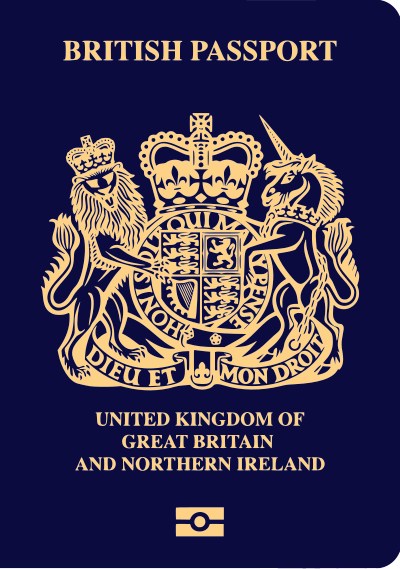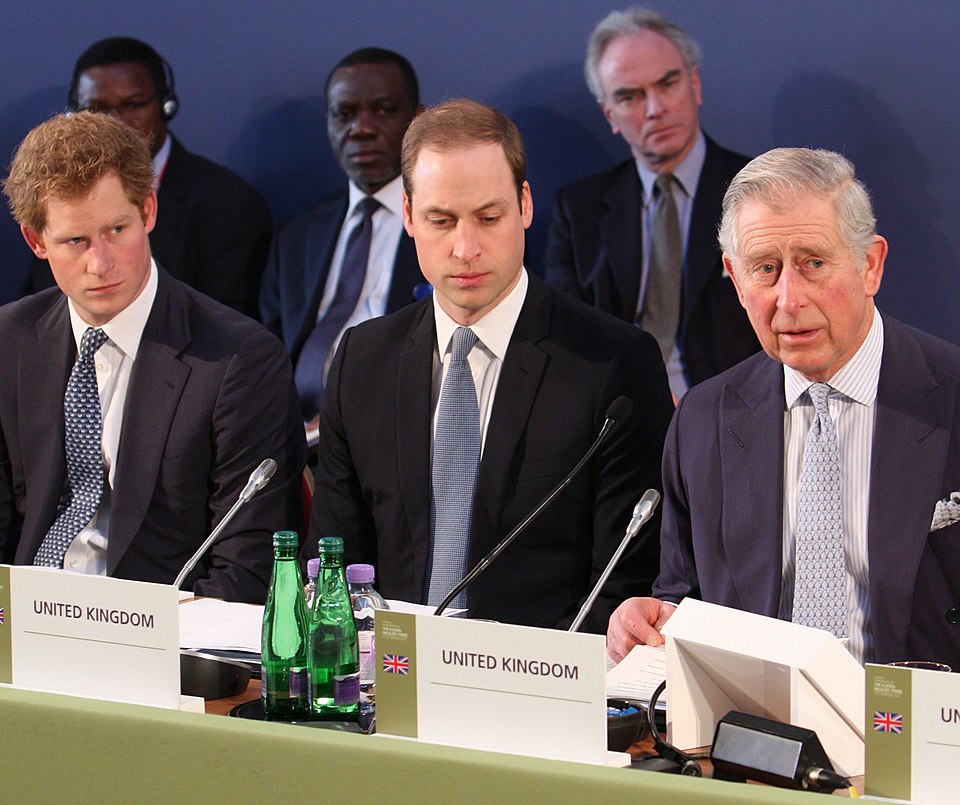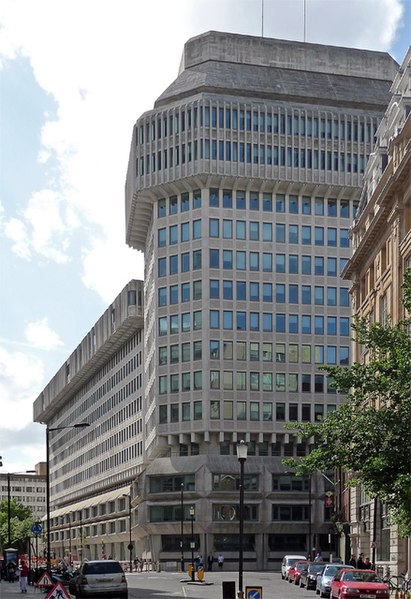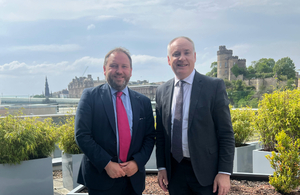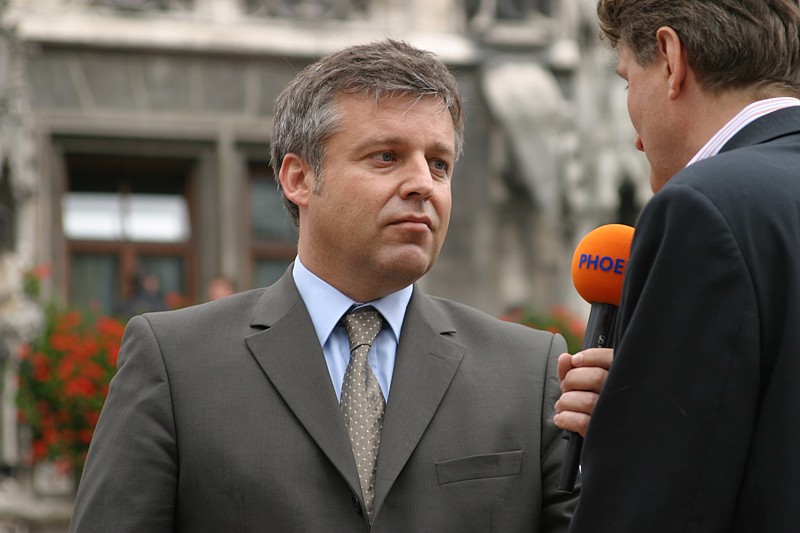
City Hall has today published new data showing that emissions of toxic air from road transport in outer London are not reducing at the same rapid speed as in central
and inner London, underlining the need for further action.
There have been dramatic improvements in London’s air quality since 2016, particularly in central and inner London, confirming that measures implemented by the Mayor have helped transform the capital’s air.
There are two main air pollutants of concern in London, based on their impact on human health: nitrogen dioxide (NO2) and fine particulate matter (PM2.5). Poor air quality stunts the growth of children’s lungs and worsens chronic illnesses, such as asthma, lung and heart disease. A landmark study of the impact of London’s air pollution found children growing up in polluted parts of the capital showed significantly smaller lung volume, with a loss of approximately five per cent in lung capacity - equivalent to two large eggs - compared to their peers in the rest of England.
While significant progress has been made, with a substantial reduction in the number of Londoners living in areas exceeding legal limits for NO2, tens of thousands of Londoners still breathe illegally polluted air and all Londoners live in areas exceeding the recently updated World Health Organization (WHO) recommended guideline for PM2.5, which is much tighter than the national legal standard. Research shows that those exposed to the worst air pollution are more likely to be deprived Londoners and from Black, Asian and minority ethnic communities.
The data reveals that from 2016 to 2019:
- NOx road transport emissions reduced at just half the rate in outer London as they did in both central and inner
- The percentage reduction in PM10 was 10 times greater in inner and central than in outer London
- The percentage reduction of PM2.5 was 5 times greater in central London than in outer
The toxic air pollution being caused by London traffic is leading to nearly 4,000 premature deaths a year and children growing up with stunted lungs. The action already committed by the Mayor will reduce the number of air quality-related hospital admissions by one million by 2050, helping save the NHS and social care system £5 billion. However, if no additional action is taken to reduce air pollution beyond the existing polices, around 550,000 Londoners could develop diseases attributable to air pollution over the next 30 years and the cumulative cost to the NHS and the social care system is estimated to be £10.4 billion.
A recent report by Imperial College London found that the greatest number of deaths attributable to air pollution were in outer London boroughs, mainly due to the higher proportion of elderly people in these areas, who are more vulnerable to the impacts of air pollution. The boroughs with the highest number of air pollution related deaths in 2019 were Bromley, Barnet, Croydon and Havering.
The Mayor is clear that Government must invest in infrastructure in outer London and that levelling down London is not the way to level up other parts of the country as the capital is fundamental to driving a green national recovery and supporting jobs across the UK. Investment in London includes ensuring planned public transport improvements receive the funding needed otherwise we could see significant cuts to services, vital asset replacement and maintenance.
The Mayor believes this is also a matter of social justice – with air pollution hitting the poorest communities the hardest. Londoners on lower incomes are more likely to live in areas of the city most badly affected by air pollution and yet least likely to own a car. Nearly half of Londoners don’t own a car, but they are disproportionally feeling the damaging consequences polluting vehicles are causing.
Last week a report released by City Hall set out that in order to reduce transport emissions by anywhere close to the amount required to clean up London’s air, achieve net-zero by 2030 and cut congestion, the capital will have to see a significant shift away from petrol and diesel vehicle use and towards walking and cycling, greater public transport use and cleaner vehicles.
Given the urgency of the climate crisis and the damaging impact of toxic air pollution, the Mayor believes bold action must be taken now. That’s why the Mayor announced last week that he is considering a number of policies that could be ready within the next few years to encourage Londoners and those who drive within London to shift from polluting cars to electric vehicles, public transport and sustainable active travel, such as walking and cycling.
The Mayor of London Sadiq Khan said: “I pledged to be the greenest Mayor London has ever had and today’s data demonstrates the transformative and rapid impact of my air quality policies in central and inner London. However, air pollution still remains a major public health challenge and I’m not willing to stand by and wait when there’s more we can do in outer London that could make a big difference. We simply don’t have time to waste, there is still far too much toxic air pollution permanently damaging the lungs of young Londoners and affecting older people who are more vulnerable to the impacts of air pollution.
“This is also a matter of social justice – with air pollution hitting the poorest communities the hardest. Londoners on lower incomes are more likely to live in areas of the city most badly affected by air pollution and are least likely to own a car. Nearly half of Londoners don’t own a car, but they are disproportionally feeling the damaging consequences polluting vehicles are causing.
“Too often we have seen measures to tackle air pollution and the climate emergency delayed because it’s viewed as being too hard or politically inconvenient, but I’m not willing to put off action we have the ability to take here in London. I’m determined that we continue to be doers, not delayers to protect Londoners’ health right now, and for the sake of future generations to come.”
Jemima Hartshorn, founder Mums for Lungs, said: “This data is a stark reminder that whilst the Mayor’s policies such as the Ultra Low Emission Zone have accelerated the reduction of toxic air in central and inner London, more work needs to be done to ensure all of London's can kids grow up healthy. Mums for Lungs have long been campaigning for more to be done to ensure that London meets the stricter World Health Organization guidelines. We cannot afford to delay action on this any further - our children deserve to breathe clean air.”
Oliver Lord, UK Head of Clean Cities Campaign said: "The elephant has finally been seen - harmful transport emissions in outer London have to be dealt with if everyone is to breathe clean air. Cars are a leading cause of air pollution in outer London but, with the right support, millions of trips could feasibly be made on a bike or by public transport. Further action cannot come soon enough." Photo by Garry Knight, Wikimedia commons.
